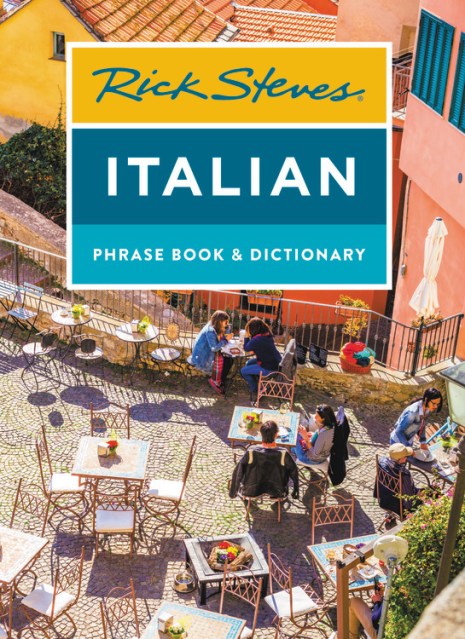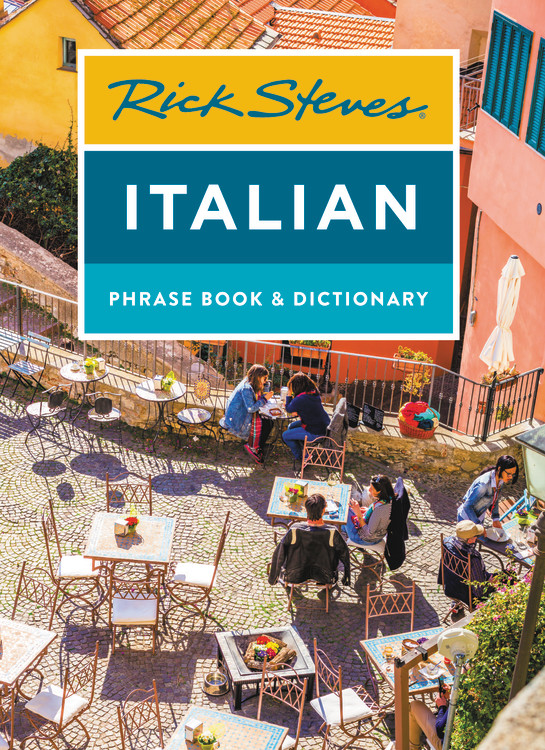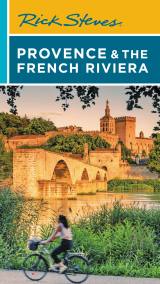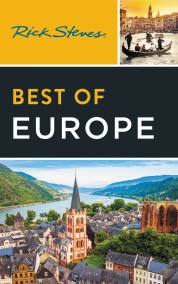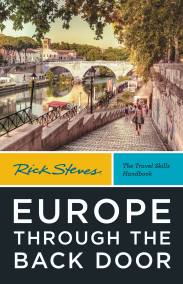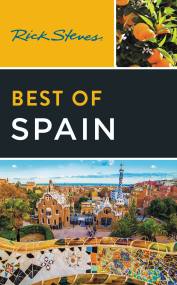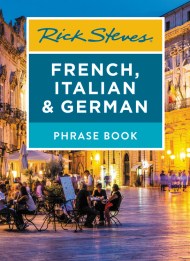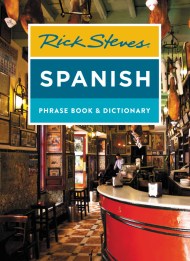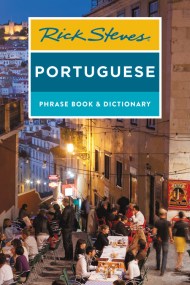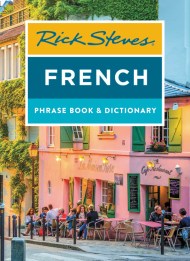Promotion
Use code BEST25 for 25% off storewide. Make sure to order by 11:59am, 12/12 for holiday delivery!
By clicking “Accept,” you agree to the use of cookies and similar technologies on your device as set forth in our Cookie Policy and our Privacy Policy. Please note that certain cookies are essential for this website to function properly and do not require user consent to be deployed.
Rick Steves Italian Phrase Book & Dictionary
Contributors
By Rick Steves
Formats and Prices
- On Sale
- Sep 3, 2019
- Page Count
- 464 pages
- Publisher
- Rick Steves
- ISBN-13
- 9781641711968
Price
$12.99Price
$16.99 CADFormat
Format:
- Trade Paperback $12.99 $16.99 CAD
- ebook $9.99 $12.99 CAD
This item is a preorder. Your payment method will be charged immediately, and the product is expected to ship on or around September 3, 2019. This date is subject to change due to shipping delays beyond our control.
Buy from Other Retailers:
- Key phrases for use in everyday circumstances, complete with phonetic spelling
- An English-Italian and Italian-English dictionary
- Tips for small talk and local lingo with Rick’s signature sense of humor
- A tear-out cheat sheet for continued language practice as you wait in line at the Sistine Chapel (no internet connection required!)
Genre:
Series:
Newsletter Signup
By clicking ‘Sign Up,’ I acknowledge that I have read and agree to Hachette Book Group’s Privacy Policy and Terms of Use
